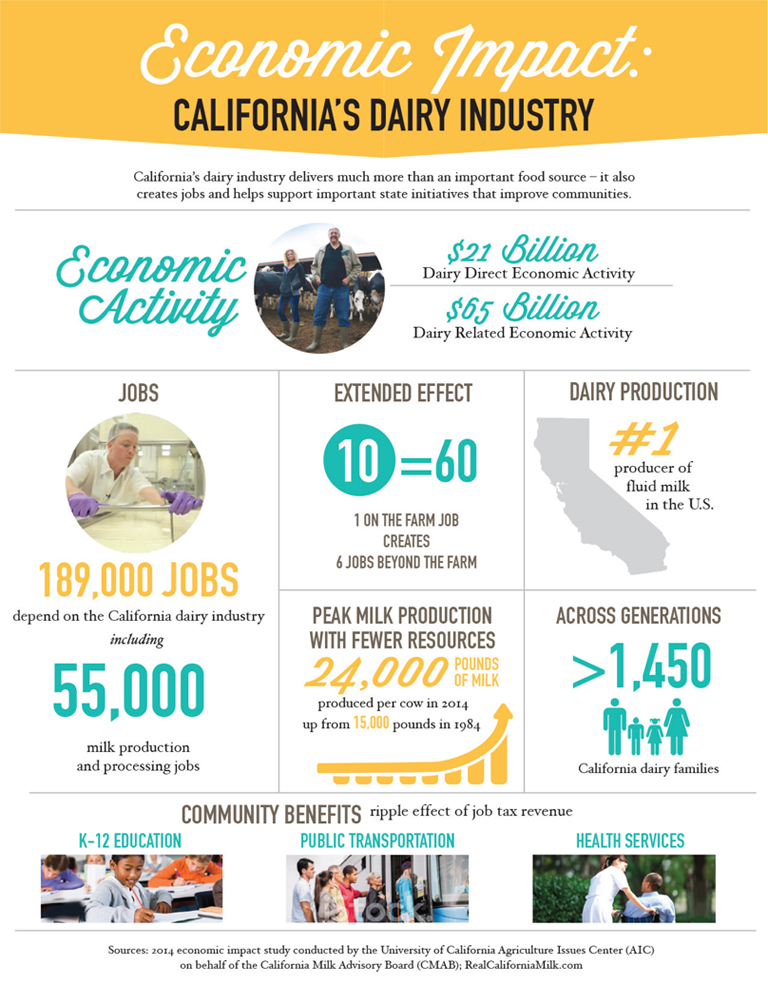Targeted drought funding builds on substantial drought relief efforts
From the USDA:
Agriculture Secretary Tom Vilsack has announced that the Natural Resources Conservation Service (NRCS) will invest approximately $21 million in additional Farm Bill dollars to help farmers and ranchers apply science-based solutions to mitigate the short and long term effects of drought. These investments will focus financial and technical assistance in the most severely drought-stricken areas in eight states to help crop and livestock producers apply conservation practices that increase irrigation efficiency, improve soil health and productivity, and ensure reliable water sources for livestock operations.
“Since the historic drought of 2012, dry conditions have persisted in many parts of the country, particularly in the West,” Agriculture Secretary Tom Vilsack said. “Every day, NRCS conservationists work side-by-side with agricultural producers and help them conserve water and increase resilience in their operations. Today’s investment will provide additional resources in drought-stricken areas to help farmers and ranchers implement solutions to mitigate the impacts of sustained drought.”
This announcement expands on the substantial efforts already underway to help producers conserve water, improve soil health and build long term agricultural resilience into their operations. Already this year, NRCS state offices have targeted significant portions of their fiscal year Environmental Quality Incentives Program (EQIP) allocations to address water conservation, soil health, and resilience. In California, for example, more than $27 million of fiscal year 2015 EQIP funding is directed towards beneficial drought management practices.
With this announcement, NRCS will provide an additional $21 million in technical and financial assistance through EQIP to target areas that are experiencing either exceptional or extreme drought conditions as of the May 5, 2015 U.S. Drought Monitor, which includes parts of California, Kansas, Idaho, Nevada, Oklahoma, Oregon, Texas, and Utah. The EQIP funding will allow NRCS to help producers apply selected conservation practices to better deal with the effects of drought in their operations, including prescribed grazing, livestock watering facilities, cover crops, nutrient management, irrigation systems, and other water conservation practices. On average, farmers and ranchers contribute half the cost of implementing conservation practices.
View the original news release on USDA’s site here.







